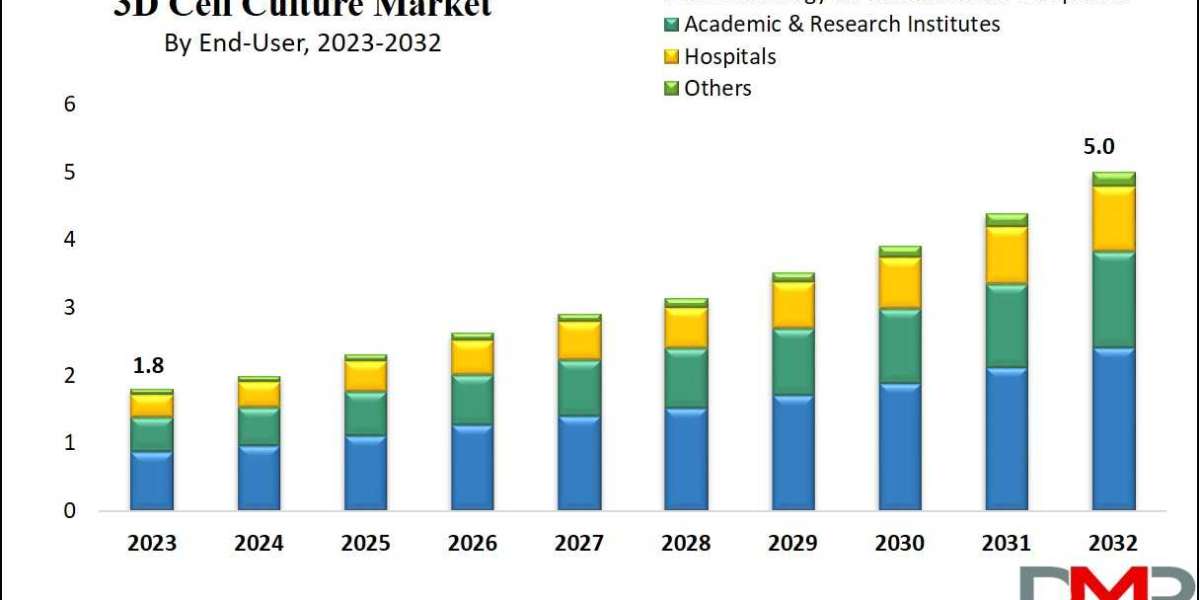In the realm of cardiology, the QT interval is a critical measurement that can provide invaluable insights into heart health. This blog post delves into the importance of QT interval tracking in monitoring heart health, offering a comprehensive understanding of its significance and practical applications.
The Importance of QT Interval Tracking in Monitoring Heart Health
The QT interval represents the time it takes for the heart's ventricles to depolarize and then repolarize. In simpler terms, it measures the electrical activity of the heart from the start of the Q wave to the end of the T wave on an electrocardiogram (ECG). Tracking this interval is crucial because abnormalities can indicate various cardiac conditions, including arrhythmias and the risk of sudden cardiac death.
Understanding the QT Interval
To fully grasp the importance of QT interval tracking, one must first understand what the QT interval is. The QT interval is a measure of the time it takes for the heart's electrical system to recharge between beats. A prolonged QT interval can be a sign of an increased risk of life-threatening arrhythmias, while a shortened QT interval can also indicate potential heart problems.
For instance, a prolonged QT interval may suggest Long QT Syndrome (LQTS), a condition that can lead to sudden and dangerous arrhythmias. Conversely, a shortened QT interval might be indicative of Short QT Syndrome (SQTS), which also poses significant health risks.
Why QT Interval Tracking Matters
Monitoring the QT interval is essential for several reasons. Firstly, it helps in the early detection of potential heart issues. By regularly tracking the QT interval, healthcare providers can identify abnormalities before they develop into more severe conditions. This proactive approach can save lives by enabling timely intervention.
Secondly, QT interval tracking is vital for patients on certain medications. Some drugs can prolong the QT interval, increasing the risk of arrhythmias. By monitoring the QT interval, doctors can adjust medication dosages or switch to alternative treatments to mitigate these risks.
Methods of QT Interval Tracking
There are various methods for tracking the QT interval, each with its advantages. The most common method is through an electrocardiogram (ECG), a non-invasive test that records the electrical activity of the heart. Portable ECG devices and wearable technology have made it easier for individuals to monitor their QT intervals regularly.
Another method is through Holter monitoring, where a patient wears a portable device that continuously records the heart's electrical activity over 24 to 48 hours. This method provides a more comprehensive view of the heart's behavior over an extended period.
Practical Applications and Future Directions
The importance of QT interval tracking in monitoring heart health extends beyond individual patient care. It also plays a crucial role in clinical research and the development of new medications. By understanding how different factors affect the QT interval, researchers can develop safer and more effective treatments for various heart conditions.
Looking ahead, advancements in technology are likely to enhance QT interval tracking further. Artificial intelligence and machine learning algorithms are being developed to analyze ECG data more accurately and predict potential heart issues with greater precision. These innovations hold the promise of revolutionizing the way we monitor and manage heart health.
Conclusion
In conclusion, the importance of QT interval tracking in monitoring heart health cannot be overstated. It provides critical insights into the electrical activity of the heart, enabling early detection of potential issues and guiding treatment decisions. As technology continues to advance, the methods and applications of QT interval tracking will undoubtedly evolve, offering even greater benefits for heart health monitoring.
By understanding and embracing the significance of qt interval tracking, we can take proactive steps towards better heart health and improved overall well-being.







